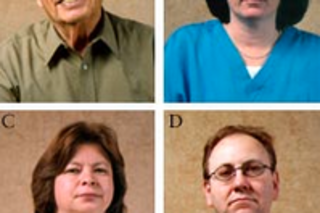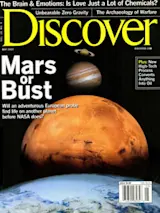Brent Kennedy's 19th-century ancestors stare out from his photo albums with dark eyes, high cheekbones, olive skin, and thick black hair—a genetic riddle waiting to be solved. It comes as no surprise that Elvis Presley, Ava Gardner, and Abraham Lincoln may be among their kin, yet the members of this tribe have never fitted properly into American racial categories. Depending on the census taker or tax man, they were classified as white, "free persons of color," or mulatto, often drifting across the color line as they moved from county to county.
Kennedy calls himself a Melungeon, but no one knows exactly what that means. There are perhaps as many as 200,000 Melungeons in the United States today, all descended from a mysterious colony of olive-skinned people who lived for centuries in the foothills of the Appalachians. Some say the Melungeons can be traced back to Portuguese sailors, shipwrecked in the ...















